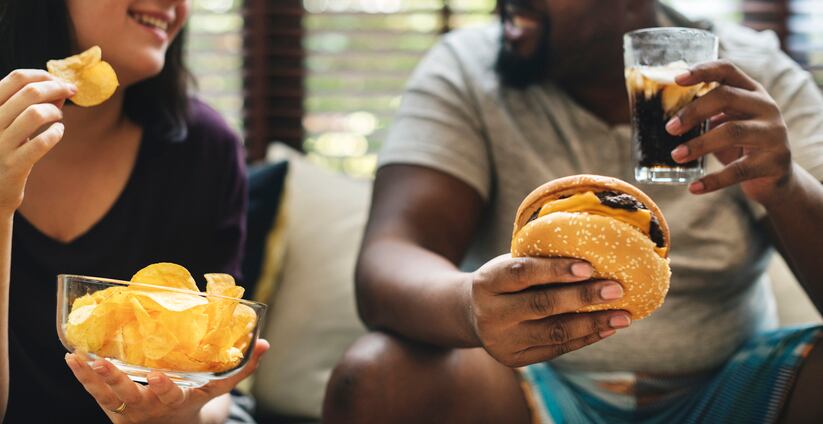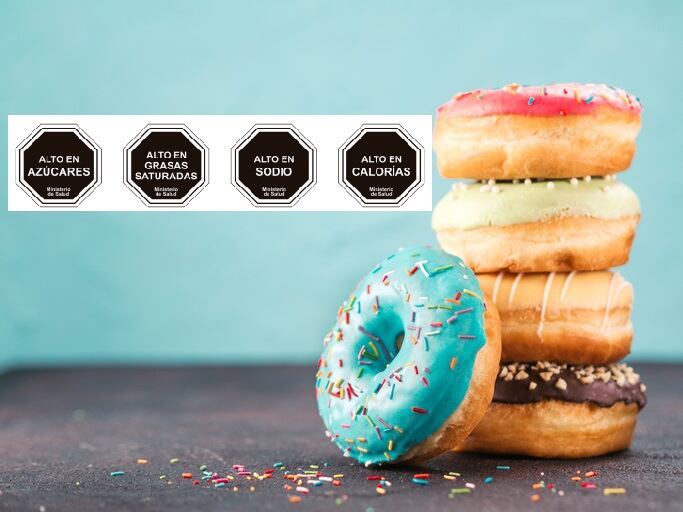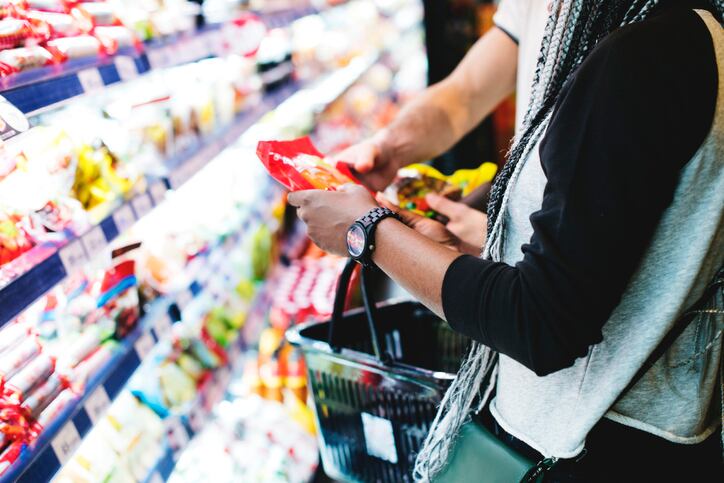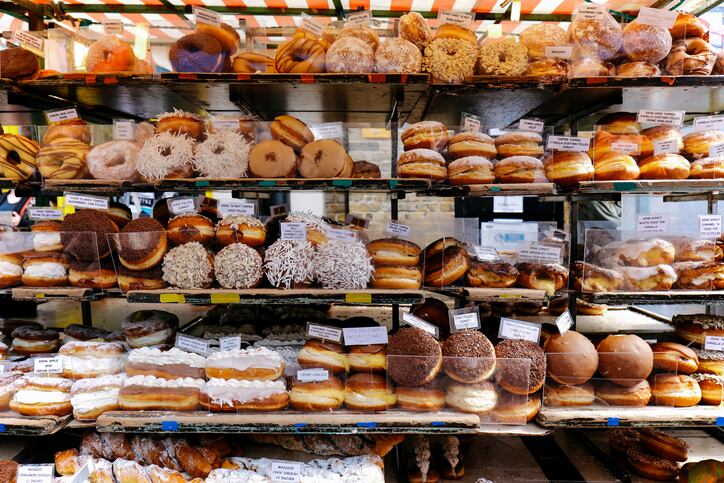The researchers from the University of Grande Dourados and the University of São Paulo wanted to see if Brazil's dietary guidelines match up with Brazilian people's way of classifying food into categories.
Brazil’s dietary guidelines, updated in 2014 and still in use, take a holistic approach to healthy eating, advising individuals to consider not just nutrients but also foods, meals, modes of eating, and socially and environmentally sustainable food systems.
They also classify foods into four categories, according to the NOVA classification (see below) and advise people to prioritize unprocessed foods and eat as few ultra-processed foods as possible.
“This classification has introduced a new way of thinking about food by bringing attention to the ways food is processed and the ingredients used in the manufacture of industrial foods,” write the study authors.
The researchers showed the participants 24 pictures of food, from each of the four NOVA food groups, and asked them to freely classify them into meaningful food groups. The individuals then described the food groups they had created.
Overall, the researchers noted “a striking similarity” between the ways the individuals classified food and the NOVA food classification.
The pictures of unprocessed food products shown to participants were meat, rice, eggs, banana, bean, and cassava.
Culinary ingredients included vegetable oil, lard, salt, white and brown sugar, and butter.
Processed foods were canned corn and peaches; cheese; French bread; jam; and pickles.
Ultra-processed foods included a fizzy soft drink; beef broth cubes; a salted snack; stuffed cookies; ready-to-heat lasagne and frozen breaded chicken.
'Governments can use this as a guide'
According to the scientists, the results have key implications. It suggests the NOVA system conforms to some degree to popular thinking about food, which increases its efficacy.
“People are more likely to accept, integrate, and act on information that matches their pre-existing knowledge structures," they write.
“Governmental agencies and entities from countries that are in the process of updating their food guides can use this study as a guide to explore individual food classification and identify the factors involved in this process.”
The participants noted several contrasting themes such as real food and junk food; meals and ready-made foods; healthy foods and unhealthy foods.
The scientists noted that many of the term used by the participants (‘breakfast foods’, ‘healthy’, ‘carbohydrates’, ‘ingredients’, ‘processed’, and ‘consumed with friends’) have been seen in previous studies in different contexts and countries.
However, in this study, participants also used the terms ‘real food’ and ‘ultra-processed food’, reflecting “a scenario of change” in food classification, they write.
“These results are in line with one of the five principles of the dietary guidelines for the Brazilian population: ‘food is more than the intake of nutrients’," they conclude.
However, the study was limited by the small size of its sample (24), the study authors said.
Source: Appetite
“Comparing the ways a sample of Brazilian adults classify food with the NOVA food classification: An exploratory insight”
Available online ahead of print, doi.org/10.1016/j.appet.2019.03.010
Authors: B. Menegassi, P. de Morais Sato, F. Baeza Scagliusi et al.




